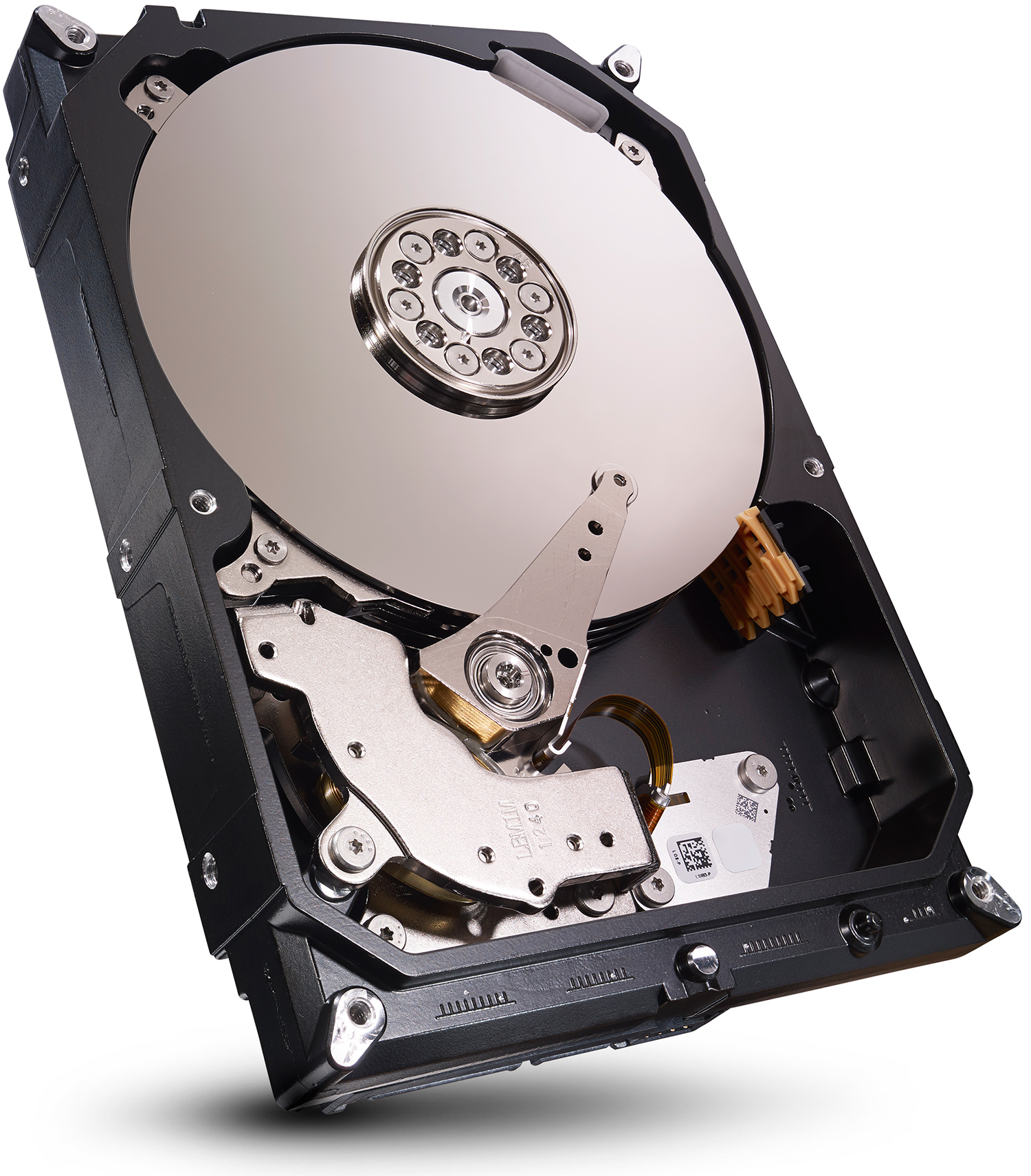

When the operation is completed, you can view the available backup files on its home and can even restore it to your computer. Later, you can wait for a while as Seagate Dashboard would maintain a dedicated backup of your data to the connected hard drive. You can set it as hourly, daily, weekly, monthly, continuous, or disable the option.

In the end, Seagate Dashboard will simply ask you to select a schedule to take an automatic backup. Step 4: Set up a schedule and complete the Seagate Backup process If you want, you can also upload your backup to the Seagate cloud from here. Here, you can simply select the connected Seagate external hard drive to save the backup.

Once you have selected what you wish to include in the backup, you can proceed to the next step. Step 3: Select the Seagate Drive to store the backup This will open a browser window, letting you select the files/folders of your choice. If you want to include the folders of your choice, then click on the “Select Files” button. You can just enable any type of data (like photos or documents) that you want to back up. To proceed, Seagate Dashboard would automatically provide a list of various data types. Step 2: Pick the Folders/Files to be Included in the Backup Step 1: Launch the Seagate Backup SoftwareĪt first, you can just launch Seagate Dashboard on your computer, and from its home, click on the feature to create a new backup (the “Protect Now” option). If you want to use this free backup software for Seagate external hard drive, then you can go through these steps:


 0 kommentar(er)
0 kommentar(er)
